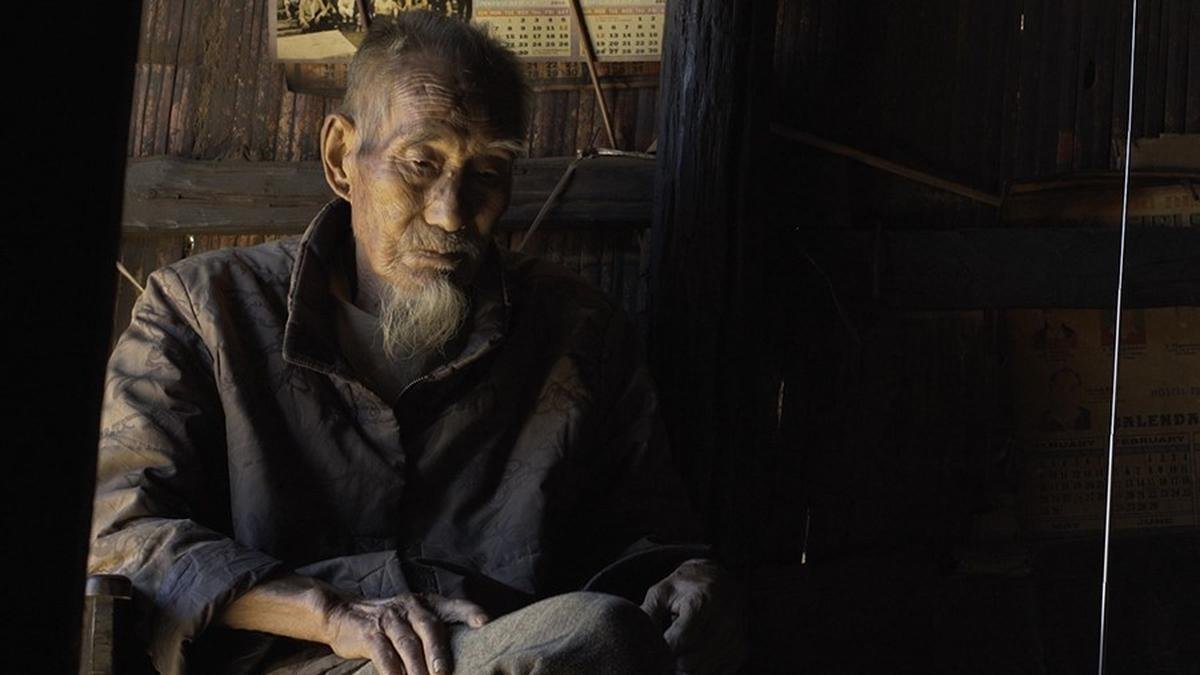
A still from Flickering Lights.
A good part of Flickering Lights, a documentary directed by Anirban Dutta and Anupama Srinavasan, takes place at night. Some of these are of people in the remote village of Tora in Manipur trying to go about their normal life in a place without any electricity, while others are evocative images like that of a group practising Christmas choir inside a room lit by their torches.
Tora, located in the India-Myanmar border, has been waiting for electricity for so long that an announcement of electricity finally arriving in the village is met mostly with a hope tinged with scepticism. The documentary, being screened in the long documentary competition category at the 16th International Documentary and Short Film Festival of Kerala (IDSFFK), conveys the experience of the villagers living without electricity to the viewer through its visual choices.
Hope for a star
Flickering Lights is the result of over seven years of hard work, of living for months at a time in the remote village, almost cut off from civilisation, and winning the trust of the villagers so that they would ignore the presence of the crew as they went about their daily lives. With no progress happening even months after the poles are laid, an old woman expresses her hope that she would perhaps be able to light a star for the next Christmas.
The political backdrop to the documentary is the Naga Peace Accord of 2015 between the Union government and the National Socialist Council of Nagaland (NSCN), which ended insurgency in these regions, leading to a flurry of State-led developmental projects, of which the electrification project is a part. A weary old man, an insurgent in his younger days, takes in all the changes with a resigned calmness. A woman saves up money from all possible sources to purchase a refrigerator, when electricity arrives in the village, to sell ice cream in her shop. The arrival of the refrigerator itself is quite a dramatic moment, with all the children in the area crowding around it.
Very much real
The whole theme of a village waiting for electricity is reminiscent of G. Aravindan’s 1986 film Oridathu, set in the 1950s, which is a humourous take on how people deal with modernity. Unlike the fictional film, the concerns of the villagers in this documentary, who are part of what is known as digital India, are very much real. The arrival of electricity and the reactions of the villagers are something to savour.
Dutta and Srinivasan followed up this with another documentary shot in a remote village with much effort. Nocturnes, a project related to moths in Arunachal Pradesh, picked up accolades at the Sundance Film Festival too.




